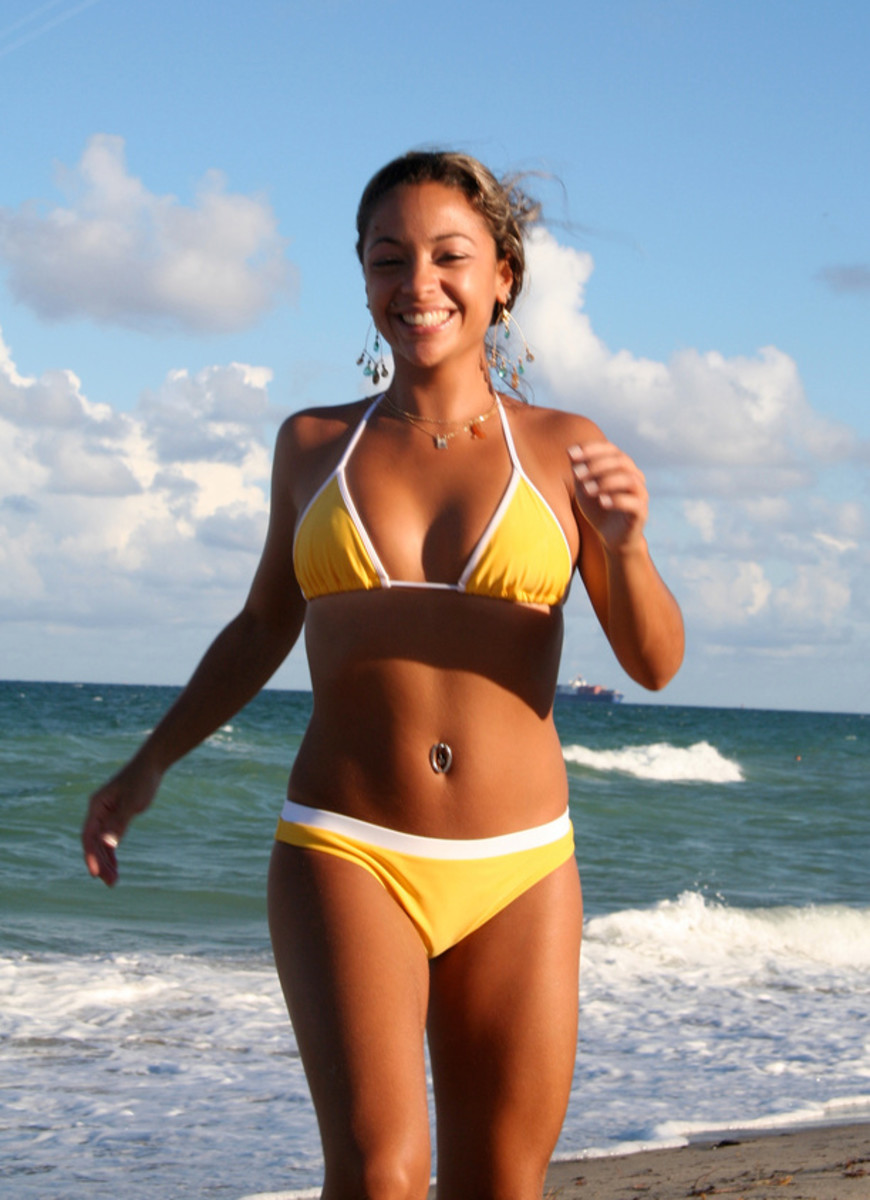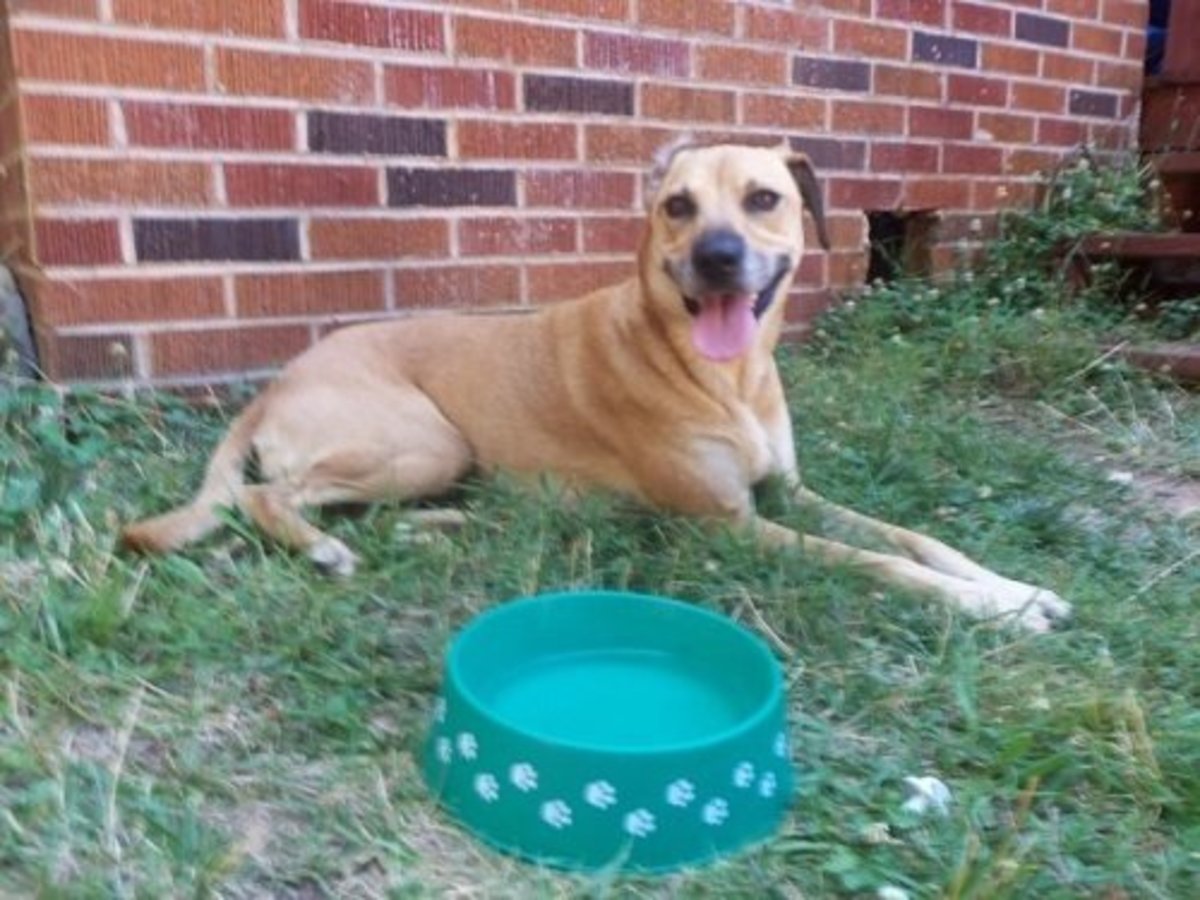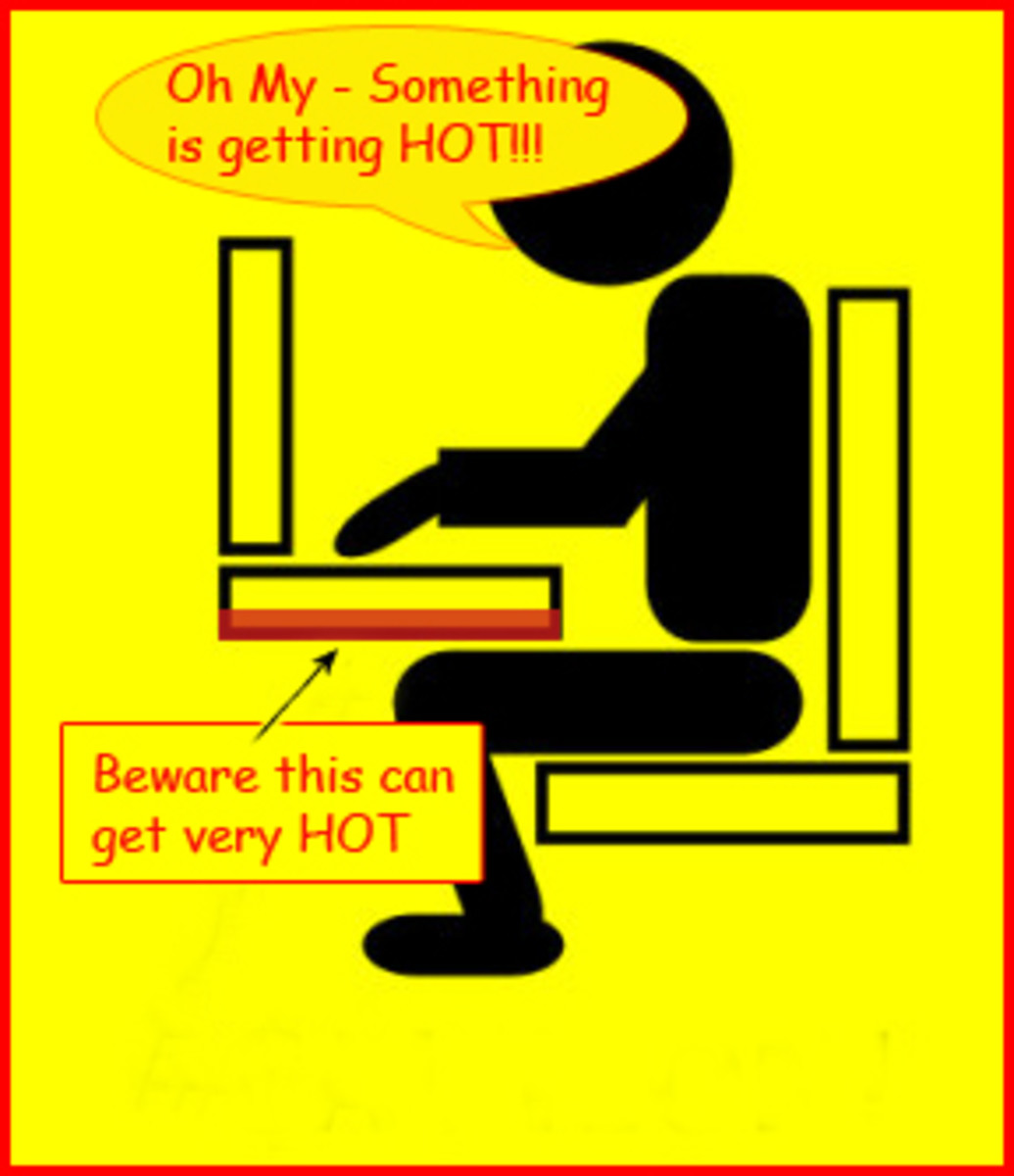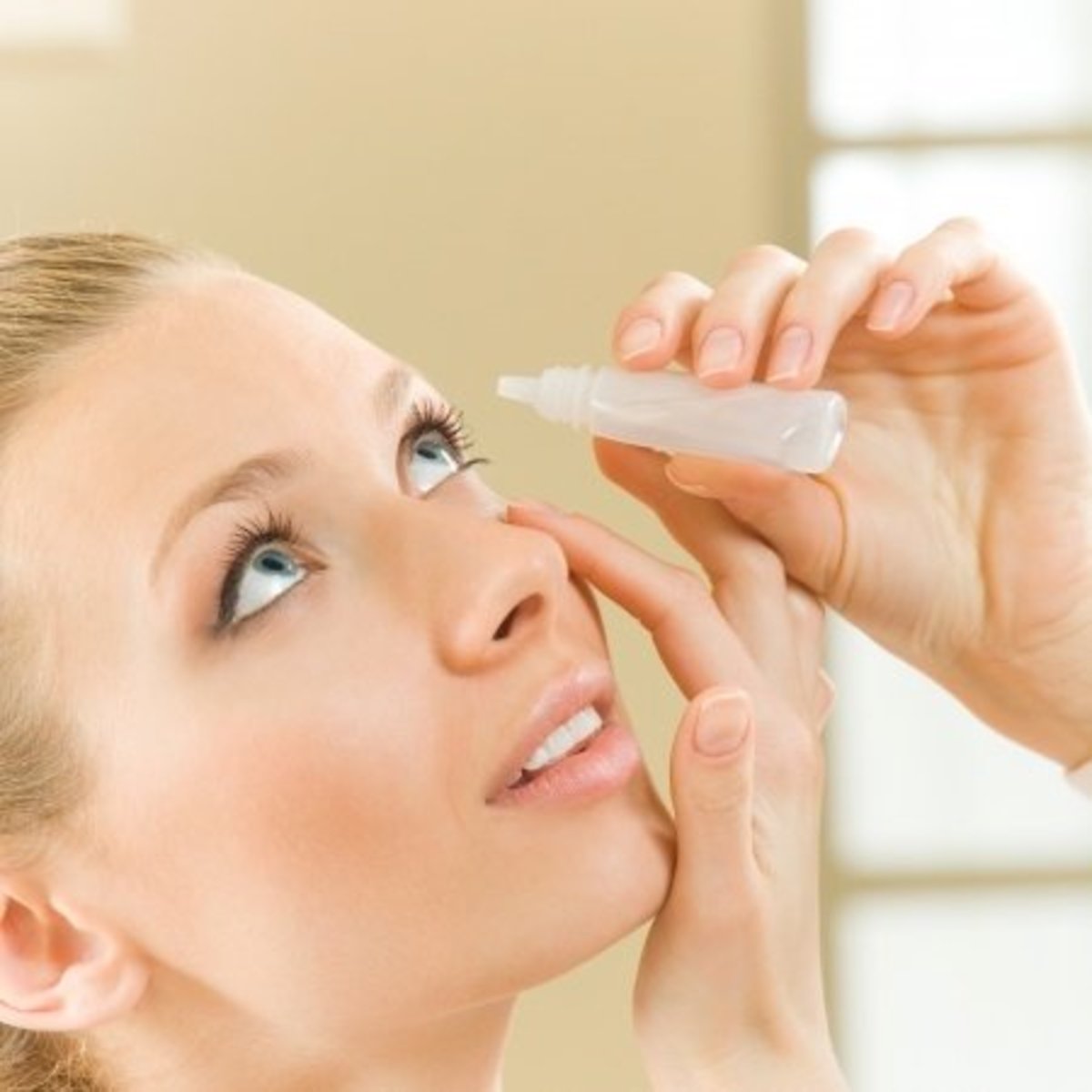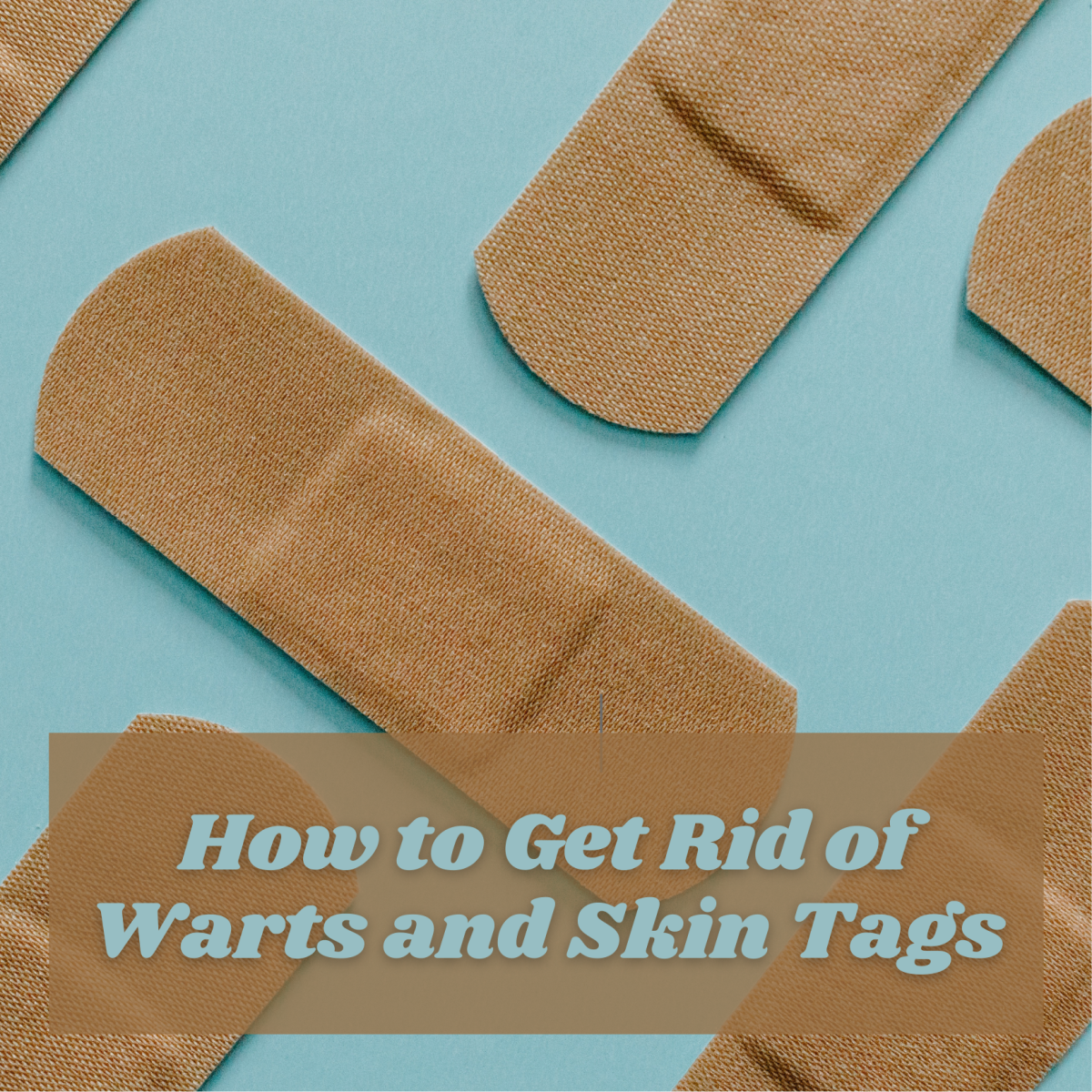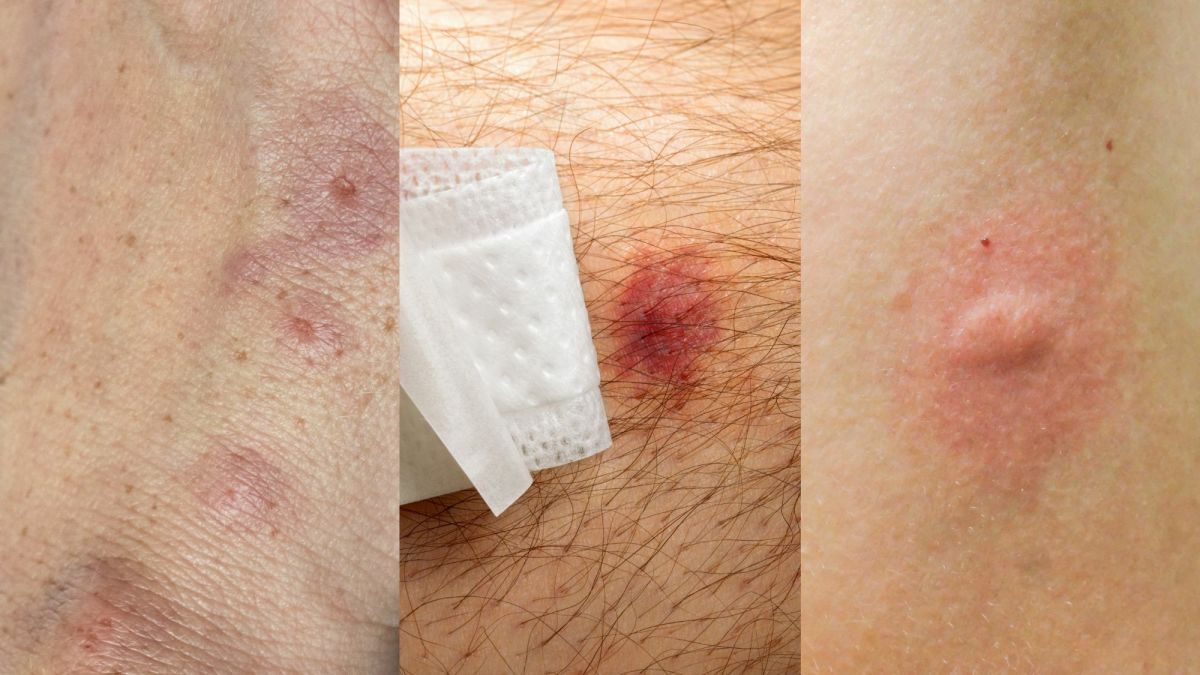How to Prevent Heat Stroke and Heat Exhaustion
Heat Stroke and Heat Exhaustion
Heat exhaustion and heat stroke are most often associated with hot, humid weather, but can occur at any time. The single largest group of individuals affected each year by these heat-related illnesses are laborers working outdoors. Also affected in proportionately greater numbers than the general population are athletes, infants and the elderly.
Heat exhaustion is the milder of these two heat-related illnesses and is usually resolved by drinking fluids and cooling off. Body temperature is usually within normal limits to slightly elevated. The symptoms are similar to that of mild dehydration.
Heat stroke can be a life-threatening condition. It is usually preceded by untreated heat exhaustion and quickly involves the central nervous system and can cause damage or failure to internal organs. Heat stroke is a medical emergency.
Knowing what conditions contribute to heat stroke and exhaustion and being able to recognize their signs and symptoms will go a long way toward preventing a health emergency.
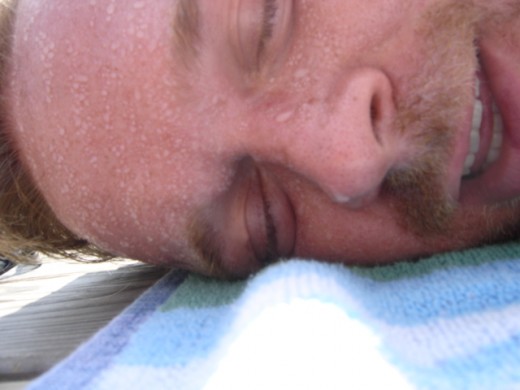
Signs of Dehydration
Mild Dehydration
| Headache
|
|---|---|
Dry skin
| |
Dry, sticky mouth
| |
Decreased urination
| |
Lightheadedness
| |
Sleepiness
| |
Severe Dehydration
| Extreme thirst
|
Lack of sweating
| |
Rapid heartbeat
| |
Low blood pressure
| |
Fever
| |
Little or no urination
| |
Skin and mucous membranes dry
| |
Irritability or confusion
| |
Delirium
| |
Unconsciousness
|
Recognize, Prevent, Treat Dehydration
Adequate Fluid Intake Important
The importance of adequate hydration--intake of fluids--should not be overlooked any time of the year. Dehydration, the lack of adequate fluids in the body, is one of the prime factors associated with heat stroke and heat exhaustion. The body's adequate fluid balance allows it to maintain your core body temperature within normal limits.
Many times just staying hydrated can prevent the onset of these heat-related conditions. Moisture is lost from the body not only through urine, but also perspiration and respiration. Dehydration can become serious in a short period of time, especially if vomiting, diarrhea or profuse sweating is present.
Health care practitioners for the most part still recommend drinking eight 8-ounce glasses of water daily. When you've physically exerted yourself, are exposed to high temperatures, or spending extended periods of time in even moderately high temperatures, you need to drink even more fluids than this periodically.
The Centers for Disease Control and Prevention caution that during periods of extreme heat--defined as temperatures higher than normal in an area-- you should drink 16 ounces to 32 ounces of fluid every hour. If you are on doctor-ordered fluid or sodium restrictions, check with your health care provider to learn what's best for you.
Choose non-caffeinated, non-alcoholic cool beverages to quench your thirst. Water is the preferred fluid, but sports drinks and juices will also promote adequate hydration. Avoid alcohol-containing beverages.
If you're a healthy adult, at the first signs of dehydration, begin drinking cool fluids. Sip the fluids and remember that dehydration is also about an excess loss of salt. Many sport drinks contain low amounts of sodium which can be helpful in maintaining good fluid balance.
Seek medical attention if you become confused, dizzy, are unable to urinate or have extreme thirst.
Prevention Strategies
In addition to staying hydrated, having access to an area with air conditioning is the next most important prevention strategy for heat-related illnesses. The CDC advises that fans are adequate for cooling your body when the temperature is 90 degrees or less, but these appliances are inadequate for cooling in higher temperatures.
If you or a loved one don't live where air conditioning is available, go to a public area such as the library, senior center, or the mall where air conditioning is available. During periods of extreme heat, many cities make cooling stations available to the general public during daytime hours.
If you work or are physically active outdoors, take frequent cooling-off breaks, preferably in the shade and replenish fluids. Avoid strenuous outdoor activity from the hours of 10 AM to 4 PM each day. If you're outside and feel overheated, wet yourself with water, particularly your head and upper body. The evaporation of the water from your body will help to cool you down.
Apply sunscreen at least 30 minutes before going outdoors. Wear a wide-brimmed hat to protect your face and eyes from the sun and to aid in keeping your head cool.
Check frequently on neighbors, friends or family who may have no other support system. Phone or visit them daily. If you know of someone who doesn't have air conditioning, offer to take them somewhere where they can be cool or help them arrange for transportation.
Never leave anyone in a vehicle during periods of extreme heat. The heat builds up quickly when the vehicle isn't running. Take the same precautions with your pets.
Heat Exhaustion Symptoms
Heat Exhaustion
| Lightheadedness
|
|---|---|
Thirst
| |
Headache
| |
Weakness
| |
General weakness or discomfort
|
First Aid for Heat Exhaustion
Heat Exhaustion
Healthy individuals' bodies will generally adapt to a hot environment over a number of weeks, if adequate fluid intake is maintained. During the adaptation process, and for infants, the elderly and those with some chronic illnesses, heat exhaustion remains a possibility in a hot environment.
Keep in mind that when in a hot environment that also has high humidity, your body's natural self-cooling ability--evaporation of perspiration--can't work as efficiently/
The use of some medications can also contribute to the increased potential for the development of heat exhaustion, including diuretics, beta blockers, calcium channel blockers, antihistamines, laxatives and benzodiazepines. Discuss your medications and your health conditions with your health care provider to learn if you may be more susceptible to heat-related illnesses.
People whose internal cooling mechanisms are impaired are also at risk to develop heat exhaustion and heat stroke. Infants' cooling mechanisms have not fully developed, placing them at increased risk and the elderly, whose internal cooling systems may not be functioning adequately are also at increased risk.
Remember that infants have no way of verbally expressing they are hot or uncomfortable verbally. Elderly people, often outwardly tolerant of increased environmental temperatures, may not realize the potential for heat-related illnesses.
Heat exhaustion may develop over a period of hours or days. It is usually successfully treated by ensuring adequate fluid intake and cooling the body. Seek medical attention if symptoms of heat exhaustion do not respond to these efforts.
Prevention of heat exhaustion includes avoiding prolonged exposure to a hot, humid environment; maintain adequate fluid intake; seek a cooler environment when beginning symptoms of heat exhaustion noticed. Avoid strenuous activity during hot weather or the hottest part of the day.
Remember that alcohol can cause your natural body temperature regulator to work improperly.
Heat Stroke Symptoms
Heat Stroke Symptoms
| Body temperature 104 or higher
|
|---|---|
Little or no sweating
| |
Rapid breathing
| |
Rapid heartbeat
| |
Headache
| |
Confusion
| |
Flushed skin
| |
Seizures
| |
Difficult speech
| |
Flushed skin
| |
Hallucinations
| |
Unconsciousness
|
First Aid for Heat Stroke
Heat Stroke or Heatstroke
Heat stroke develops from untreated heat exhaustion or heat cramps. Your body's core temperature rises to 104 degrees F or higher. This is a medical emergency; seek help immediately. Brain damage, organ failure and even death can occur.
Prevention of heat stroke is early management of the symptoms of heat exhaustion or heat cramps.
Classic heat stroke comes about from exposure to high temperatures and tends to develop slowly. Exertional heat stroke, which results from strenuous physical activity, tends to develop quickly.
Controllable factors associated with the onset of heat stroke, in addition to high environmental temperatures or strenuous physical activity are wearing too heavy or restrictive clothing to prevent your body from cooling itself, drinking alcoholic beverages and dehydration.
Prevention of heat stroke includes wearing lightweight, loose-fitting clothing; find a cooler environment; drink plenty of fluids; and avoid physically-strenuous activity in the heat.
Related Hubs by Other Hubbers
Sources
- CDC Extreme Heat | A Prevention Guide to Promote Your Personal Health and Safety
Information on public health. Provided by the Centers for Disease Control and Prevention (CDC). - Heat Exhaustion and Heat Stroke Causes, Symptoms, Diagnosis, and Treatment by eMedicineHealth.com
- Heat stroke: Symptoms - MayoClinic.com
- Management of Heatstroke and Heat Exhaustion - June 1, 2005 - American Family Physician


